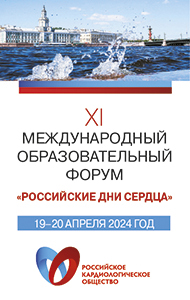Stroke after Aortic Valve Surgery: Results from a Prospective Cohort
Background—The incidence and impact of clinical stroke and silent radiographic cerebral infarction complicating open surgical aortic valve replacement (AVR) are poorly characterized.
Methods and Results—We performed a prospective cohort study of subjects ≥ 65 years of age undergoing AVR for calcific aortic stenosis. Subjects were evaluated by neurologists pre-operatively and post-operatively, and underwent post-operative magnetic resonance imaging (MRI). Over a 4 year period, 196 subjects were enrolled at 2 sites. Mean age = 75.8 ± 6.2 years, 36% female, 6% non-white. Clinical strokes were detected in 17%, Transient Ischemic Attack in 2%, and in-hospital mortality was 5%. The frequency of stroke in the Society for Thoracic Surgery (STS) database in this cohort was 7%. Most strokes were mild; the median National Institutes of Health Stroke Scale (NIHSS) was 3 (interquartile range 1 - 9). Clinical stroke was associated with increased length of stay, median 12 vs 10 days, p = 0.02. Moderate or severe stroke (NIHSS ≥10) occurred in 8 (4%) and was strongly associated with in-hospital mortality, 38% vs 4%, p = 0.005. Of the 109 stroke-free subjects with post-operative MRI, silent infarct was identified in 59 (54%). Silent infarct was not associated with in-hospital mortality or increased length of stay.
Conclusions—Clinical stroke after AVR was more common than previously reported, more than double for this same cohort in the STS database, and silent cerebral infarctions were detected in over half of patients undergoing AVR. Clinical stroke complicating AVR is associated with increased length of stay and mortality.
Source: circ.ahajournals.org


.jpg)



